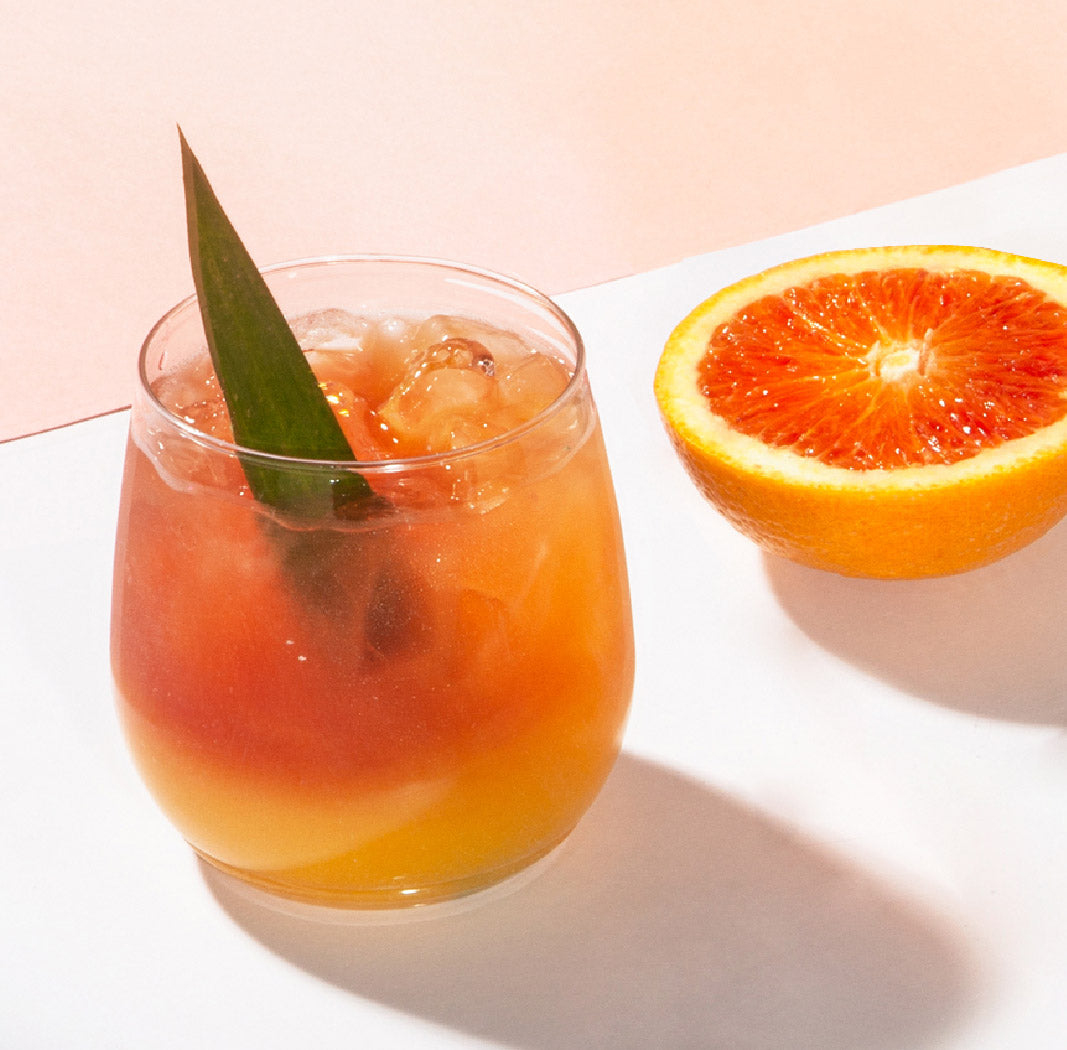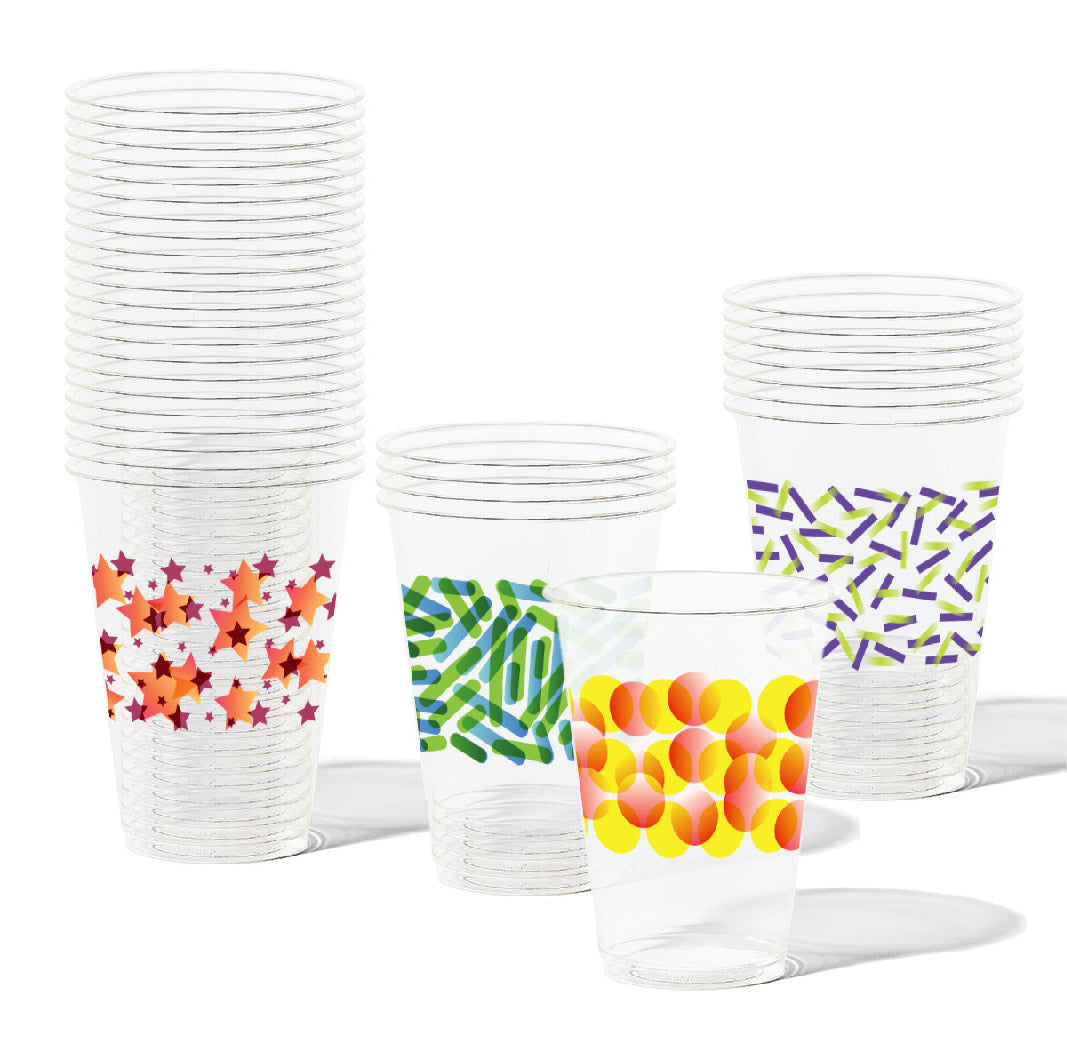Our newest cups are designed for the connoisseurs: the homebrewers and the beer enthusiasts. The 7oz Pint Mini has the same distinctive Weizen glass shape as the 18oz pint but in a sampler size. The Pint Mini's head-optimized curved lip maximizes the flavor and mouthfeel of an expertly brewed beer!
Traditional brewing techniques have made a triumphant resurgent in recent years, creating a range of new flavors. With brewing in the hands of the everyman, we’re seeing experimentation like never before.


A great brew begins with a good grain. Barley is the most typical choice, but it could be rye or wheat. The grain is usually malted by soaking in water for almost two days to start its germination process. It is then dried and crushed to expose the center of the grain where most of the fermentable starches are. Next up, the enzymes in the exposed grain must be activated to release their sugars. This process is known as mashing. The crushed grains soak in hot water for a few hours. The syrupy liquid, full of fermentable sugars, is strained from the grains. These spent grains have now served their purpose and the bring the leftover liquid, or wort, to a boil. Once the wort is boiling, hops are added. These conical green plant flowers provide antibiotic, preservative, and flavor properties to the new beer. If you’ve ever spent an afternoon around American craft brewers, you’ll know many are in a love affair with hops! These mysterious plants have been used for centuries both in food and medicinally. The type of hops and point during the boil when hops are added both change the final flavor of the beer.


 Typically, the wort is then pumped through a jet nozzle to create a whirlpool in the kettle. This whirlpool brings all of the solid material into the center so that the liquid can be drained. It must then be quickly cooled before the yeast is added. The yeast must be added as soon as possible in order to reduce the chance of contamination.
Typically, the wort is then pumped through a jet nozzle to create a whirlpool in the kettle. This whirlpool brings all of the solid material into the center so that the liquid can be drained. It must then be quickly cooled before the yeast is added. The yeast must be added as soon as possible in order to reduce the chance of contamination.
The yeast consumes the glucose in the wort and converts it into alcohol and carbon dioxide. This fermentation process creates a lot of heat, so the kettle is constantly cooled. The longer the fermentation process, the higher the alcohol content. When the beer has reached the perfect balance, the brew is done! The brewer transfers the beer to bottles, kegs, and eventually to pints and tasters for us all to enjoy.
Whether you own a brewery or want to host a tasting party with your favorite local beers, the pint mini is the perfect companion to a microbrew.























